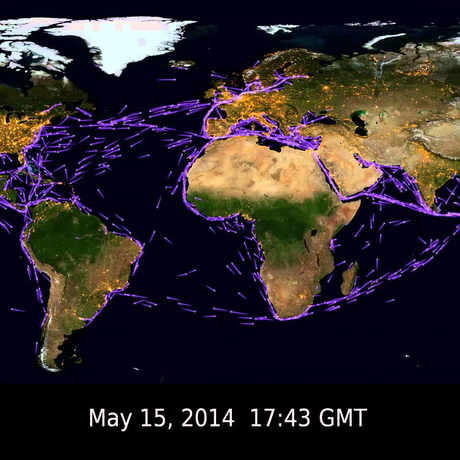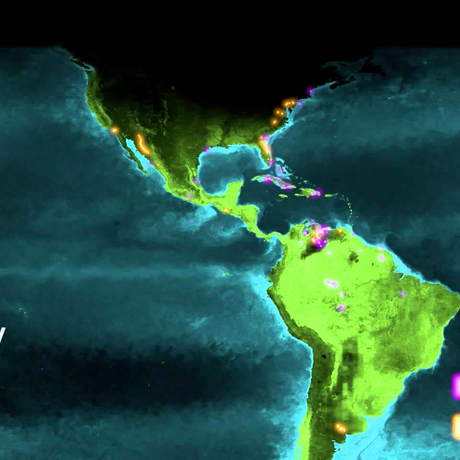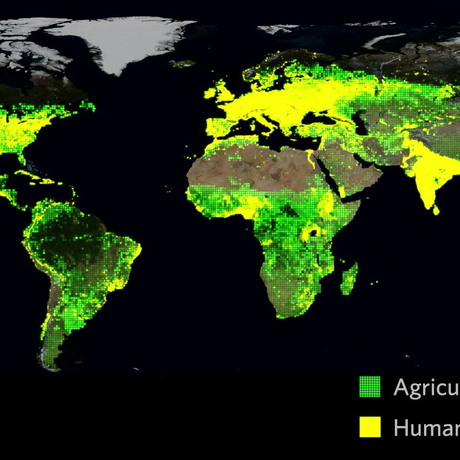Being a Low-impact Traveler (grades 6-10)
The connectivity of regions around the globe made possible by air travel and other transportation modes comes with environmental costs, such as increased carbon emissions from the burning of fossil fuels. In this activity, students will be transformed into strategically low-impact world travelers.
Fossil Fuels (grades 4-8)
In these two quick activities, students will explore two consequences of burning fossil fuels: air pollution and the greenhouse effect.
Carbon Cycle Role-Play (grades 4-12)
How does the finite amount of carbon on this planet move around in the environment, from one place to another? How do the geosphere, biosphere, hydrosphere, and atmosphere interact? In this active demonstration, students will model the carbon cycle, and consider way in which human actions play a role.
Carbon Cycle Poster (grades 4-12)
Working in groups, students can create simple illustrations of how carbon flows between the biosphere, hydrosphere, atmosphere and lithosphere. Use the provided materials to tell the story of how human activity can contribute to global climate change.




